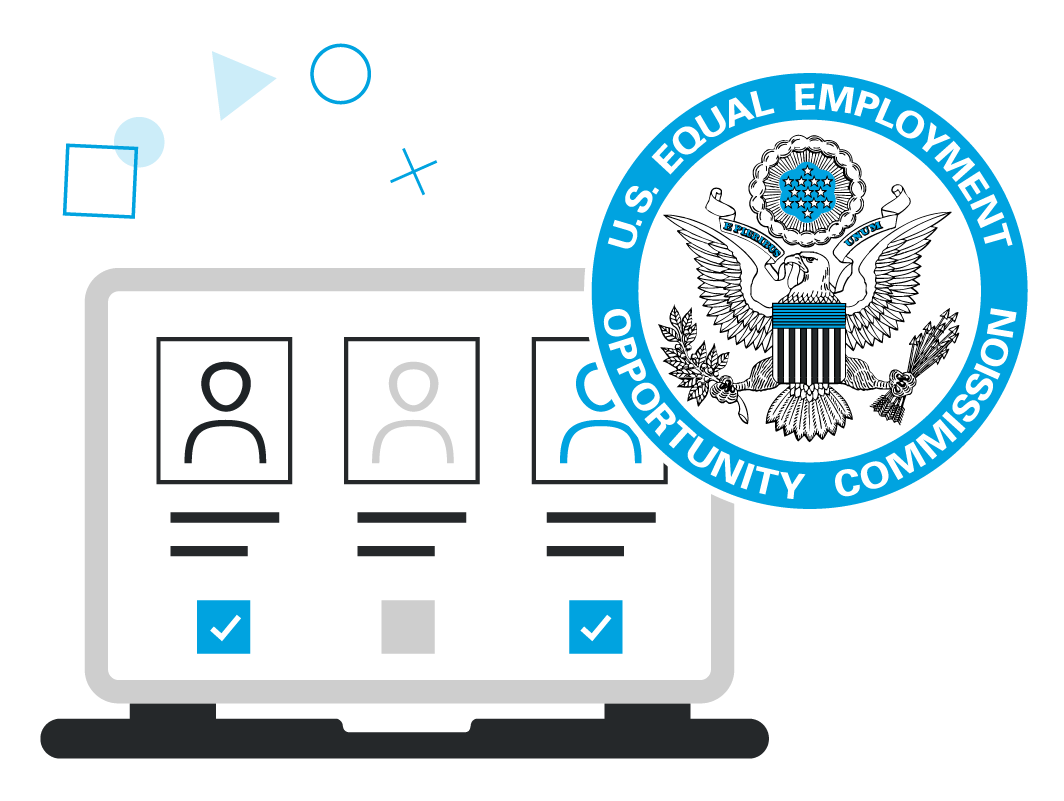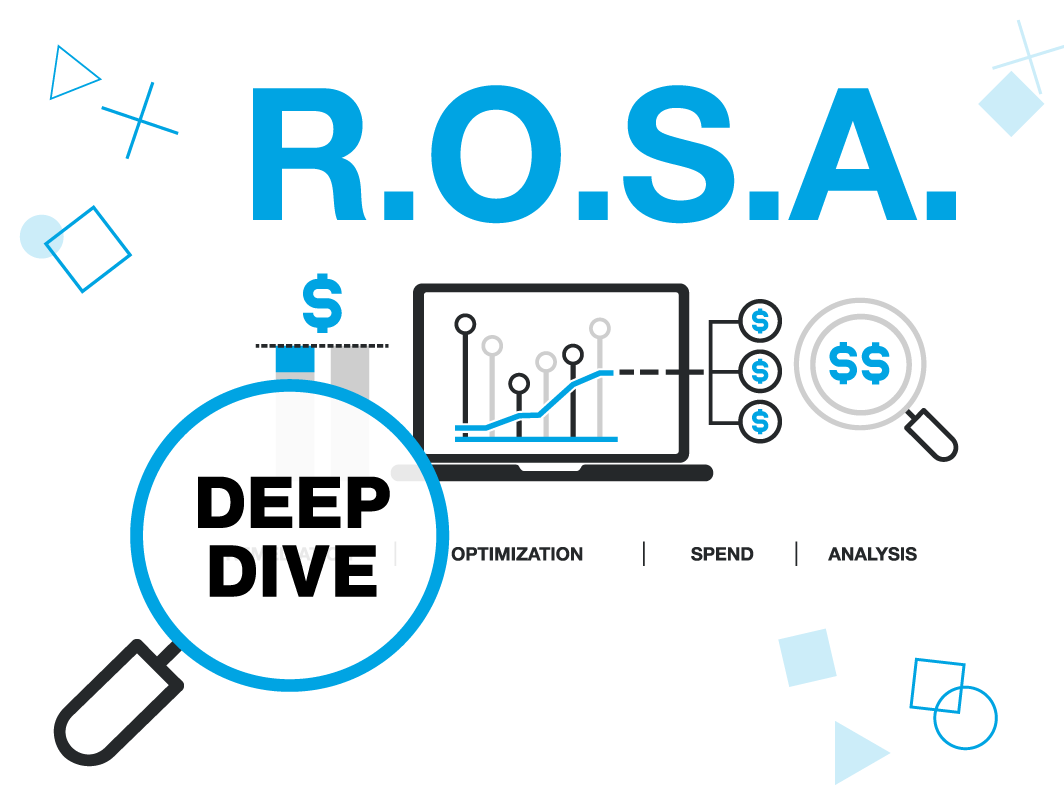
![]()
As the conversation around pay equity continues, companies are focused on finding solutions that meet their bottom line while doing what’s best for their employees. With increasing awareness, businesses are assessing whether or not they need a pay equity solution and if so, how to implement it.
After an assessment, some companies find that pay equity is already in place and it simply needs to be maintained. On the other hand, many companies are finding the opposite to be true. Either way, making the decision to perform a pay equity assessment is the first step. Those who are being proactive will be better off for it.
There are different ways to approach the assessment process. It can be done in-house, using a do-it-yourself approach, or by an external third party. There are a plethora of software options that will assist in compensation analysis. This is why I asked a group of business experts in diversity and inclusion and human resources, as well as legal strategists, to discuss how organizations should think about solution selection. Additionally, I inquired about the different options available, and finally, which factors determine the route they take.
Do-it-yourself or External Help?
Most of the experts agree that external assistance is necessary in order to get an unbiased view of the company. In fact, the recruitment of external vendors should be done early in the process (before or at the onset of internal team formation), according to a poll asking, “at what time during pay equity audit planning is it recommended to enlist an external contractor?” Global Executive Debora Bielecki took it a step further saying, “using an external provider is most appropriate because there is a need to understand where the organization is at in comparison to like companies, [and] what risk factors are present that could precipitate a bigger issue that could damage the company’s brand and image.”
Often, there’s not enough knowledge and experience internally to conduct an assessment of this nature. Many experts believe a combination of internal and external solutions or internal solutions and a software tool, could be effective. VP of Global Operational Excellence Autumn Bayles said, “If you have to go down the ‘do it yourself’ path, you may still end up needing to purchase technology to help with data analytics needed.” And Julie Thomas, Diversity Specialist shared, “I’ve done in-house analysis myself, with the support of the data team, but not being an insight specialist I have also had external support to “confirm” findings and then also map out possible future scenarios.”
When is One Better than the Other?
Like with any decision, surrounding circumstances dictate the decision process. In most cases, the budget is the limiting factor on which all decisions are based. Julie Thomas understood this factor and gave some suggestions on options to consider when money is tight. She said, “There are companies that can come in post-analysis and review… so if the budget isn’t forthcoming upfront, you can still proceed with the analysis and then bring in a third party when you can afford it.”
Another thing to consider is where the business is in terms of growth. As Brian Chossek, CEO at Impact 7 Generations points out “I believe in-house can effectively be done during the sustain phase, [or] times when there isn’t a rapid change or high risk (i.e. it’s much more challenging to do so unless you have a blended model that allows for outside help as needed, during high growth or high transformation periods of the business).”
Regardless of the path you choose, there are legal implications, such as attorney-client privilege, that should be addressed. There is confusion surrounding this aspect of the pay equity assessment process. There needs to be clarification and understanding before diving into any audit. After all, this isn’t only about businesses thriving; pay equity is a legal issue.
Our PayParitySM solution addresses all of these concerns and gets your company on the right track with achieving pay equity. Contact us to learn how we can help your organization.



